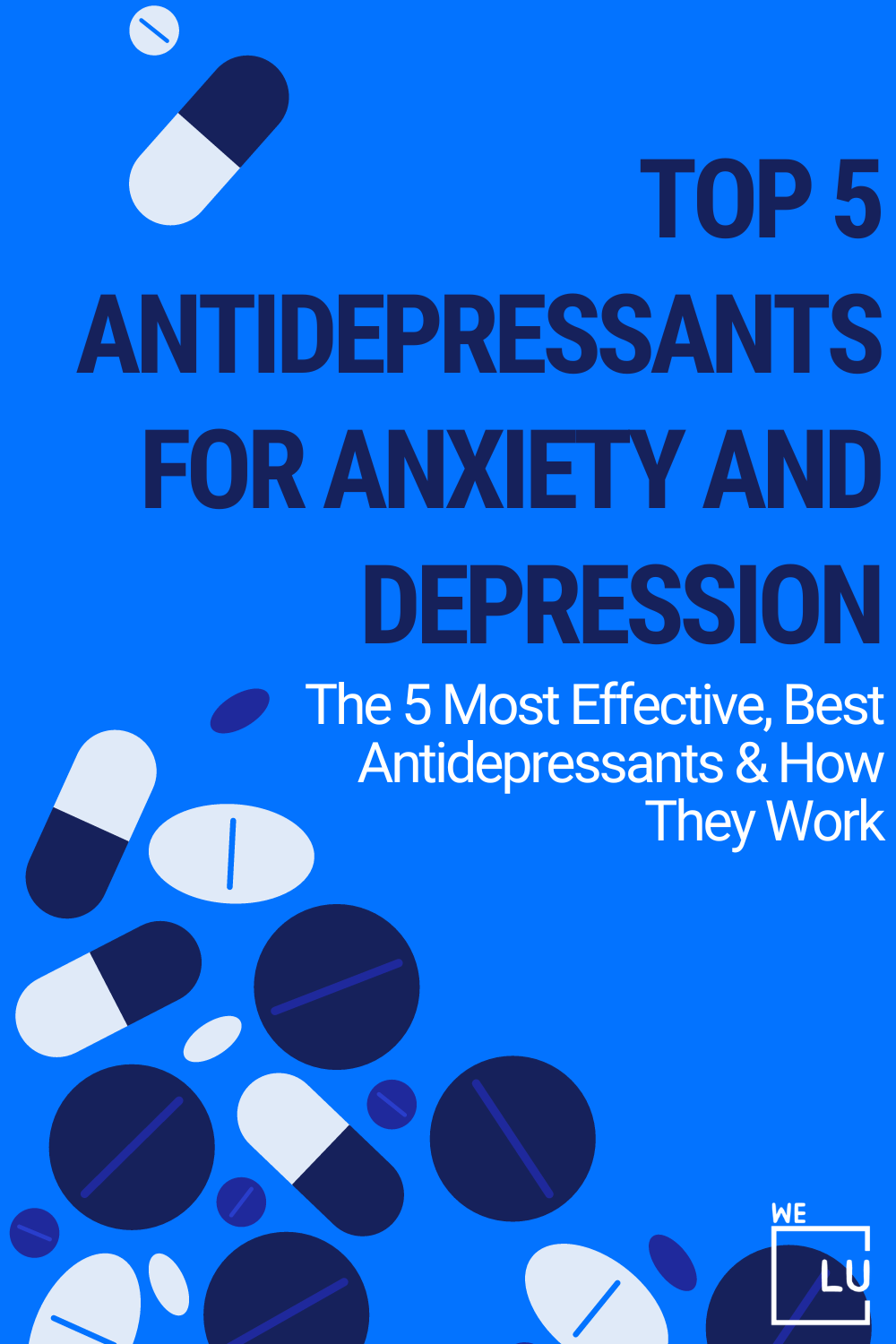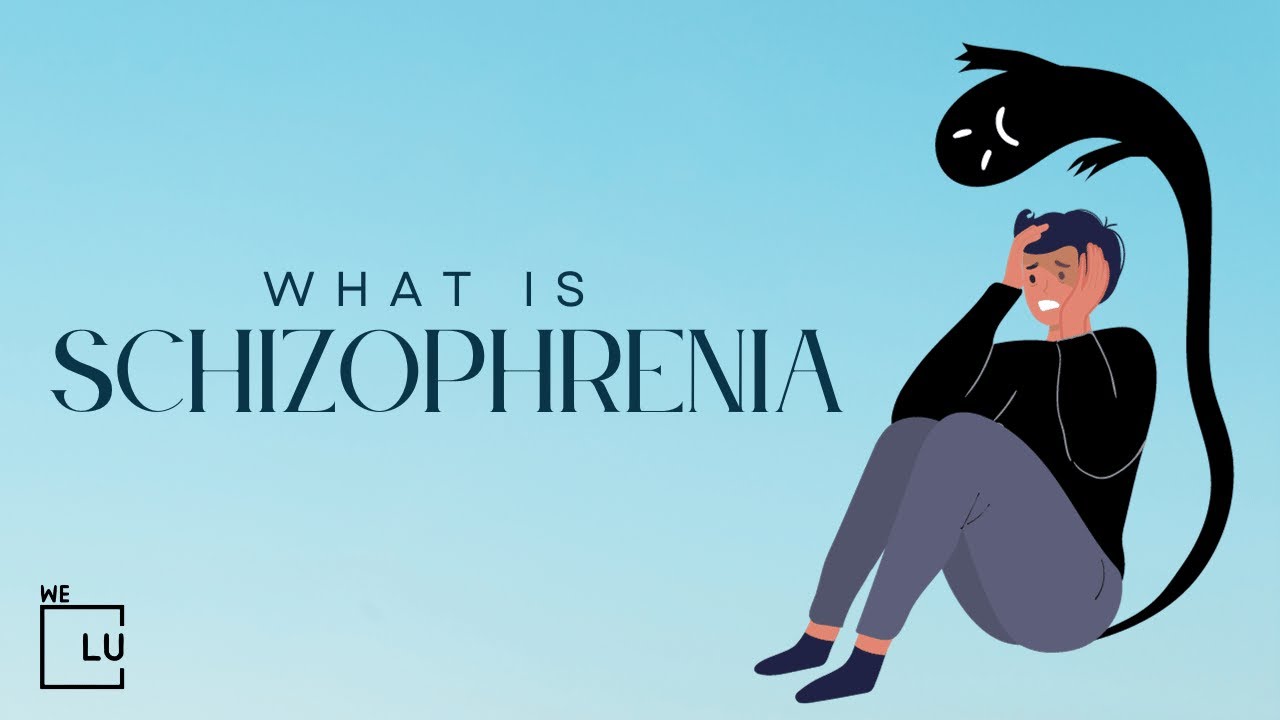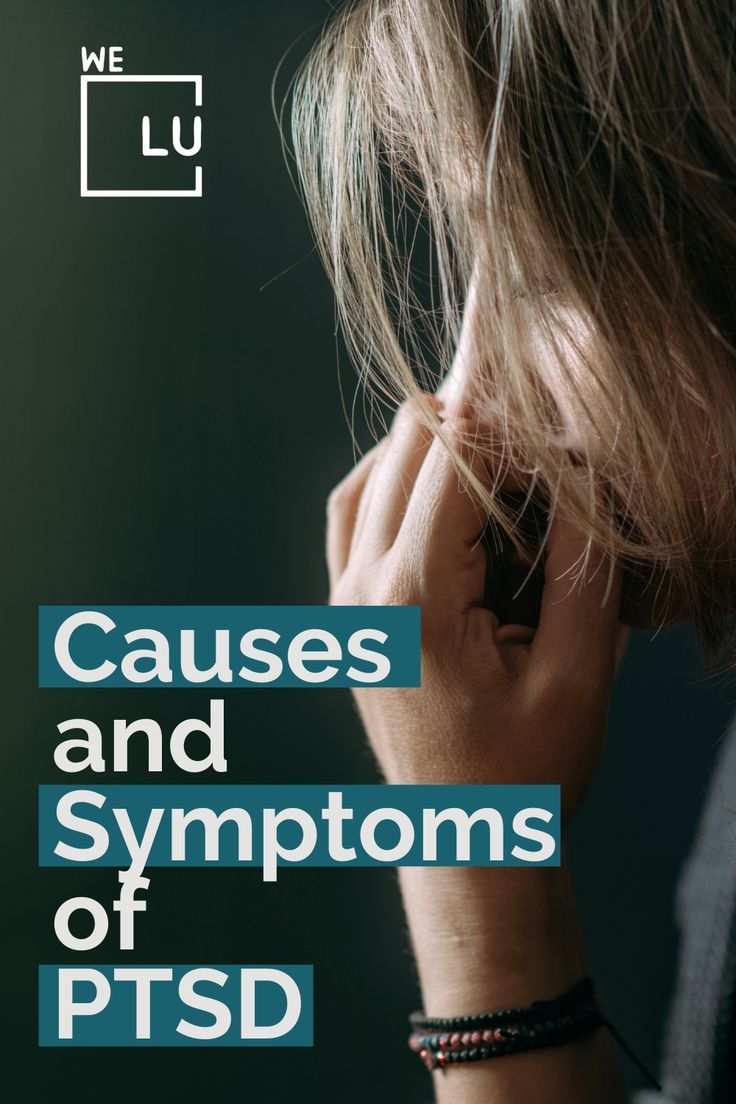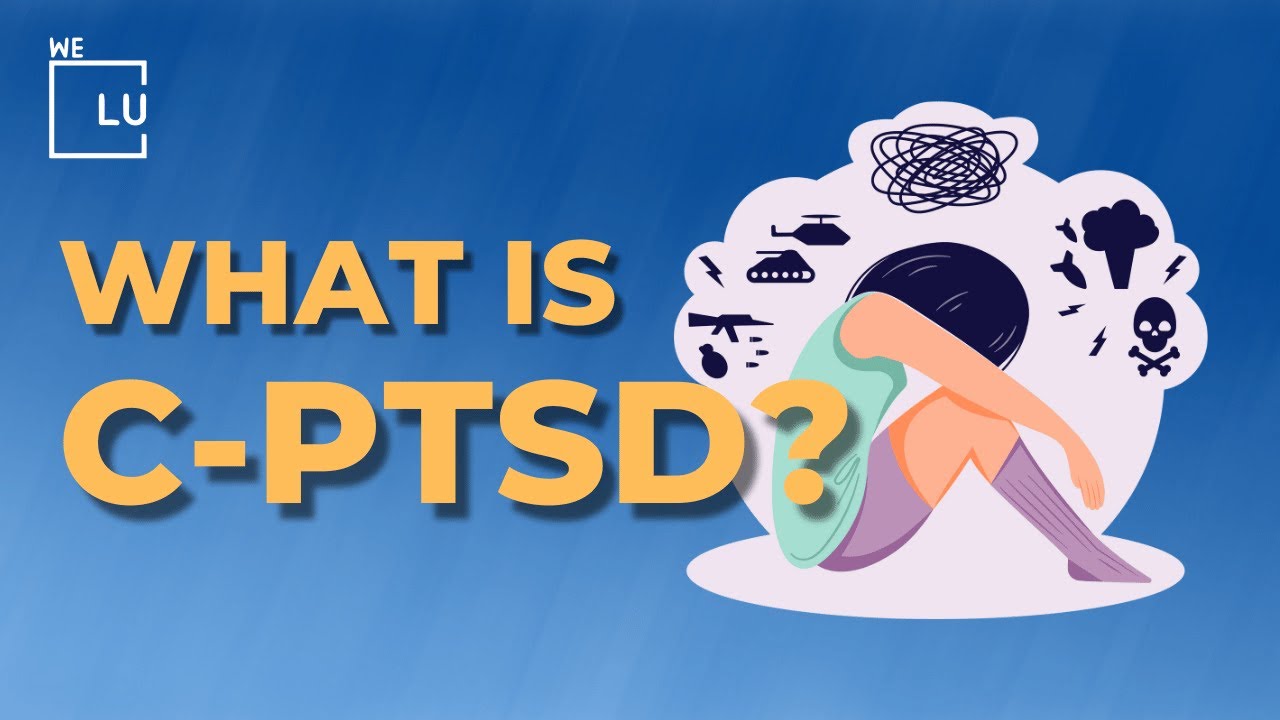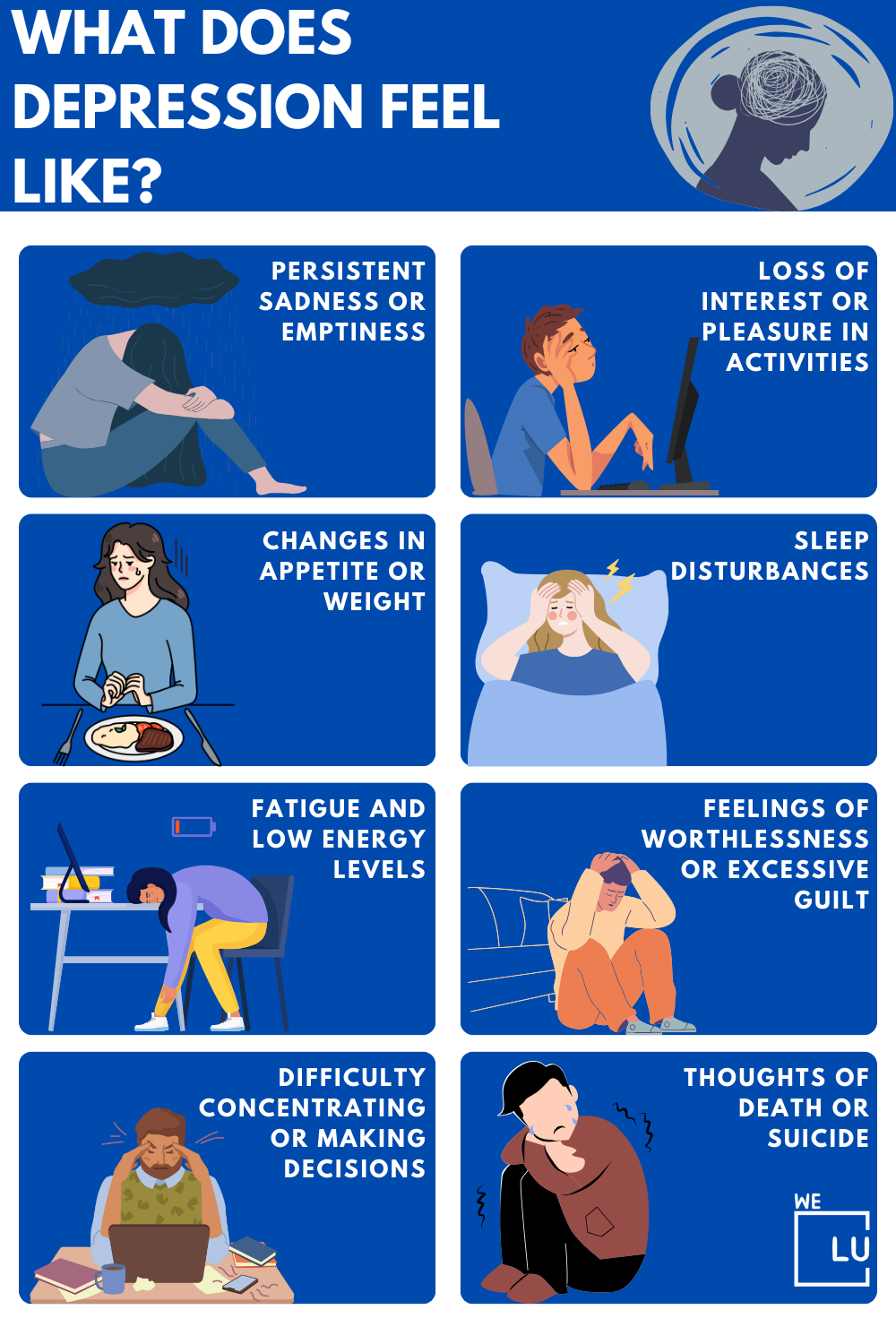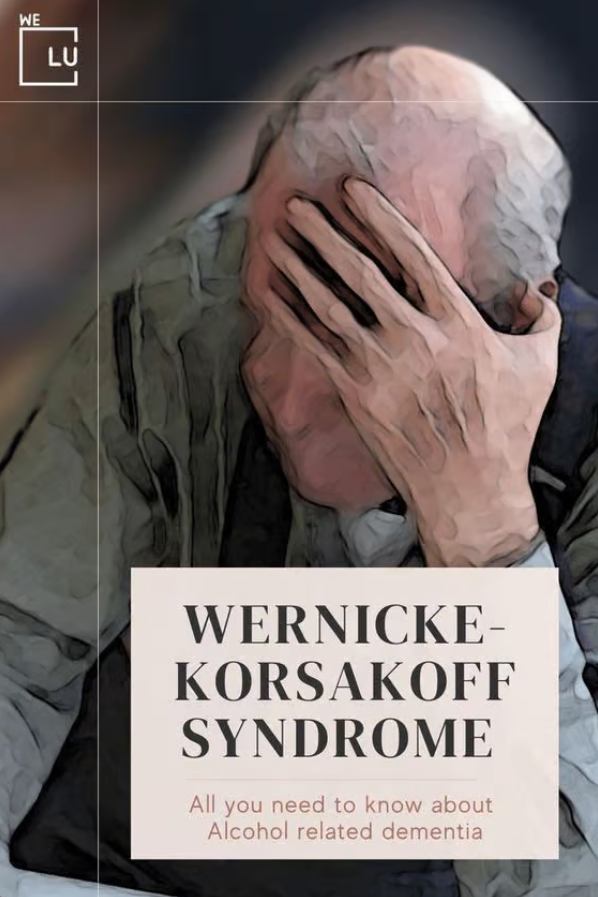Serotonin Syndrome or Neuroleptic Malignant Syndrome?
Neuroleptic malignant syndrome, also known as NMS, and serotonin syndrome are rare but severe conditions caused by certain medications. They have similar symptoms like fever, muscle stiffness, and mental state changes, making them challenging to tell apart. However, differentiating between the two, serotonin syndrome versus NMS, is crucial for determining appropriate treatment and considering the use of future medications.
Serotonin syndrome is associated with muscle excitability like clonus and hyperreflexia, while NMS shows rigid muscles, problems with blood flow regulation, and reduced reflexes.
Characteristics of Serotonin Syndrome vs NMS Chart
Symptoms of NMS and serotonin syndrome are sometimes misunderstood as mental illness. If a patient shows signs or has an unexplained high fever, immediate discontinuation of dopamine antagonists or serotonergic medicines is essential, followed by supportive therapy.
Here’s a simplified chart to help distinguish the characteristics of Serotonin Syndrome and Neuroleptic Malignant Syndrome (NMS):
| Characteristic | Serotonin Syndrome | NMS |
|---|---|---|
| Cause | Excessive serotonin activity | Reaction to certain medications, often antipsychotics |
| Symptoms | Fever, muscle stiffness, mental state changes | Fever, ‘lead-pipe’ muscle rigidity, altered mental state |
| Neuromuscular Excitation | Clonus (rhythmic muscle contractions), hyperreflexia | ‘Lead-pipe’ rigidity, hyporeflexia |
| Hemodynamic Regulation | Dysregulation may include fluctuations in blood pressure | Dysregulation includes changes in blood pressure |
| Onset | Rapid onset | Gradual onset, often within days |
| Treatment | Discontinuation of causative agent, supportive care | Discontinuation of causative agent, supportive care |
NMS vs Serotonin Syndrome Risk Factors
Understanding the medications a person is taking is crucial for diagnosis. Dopamine antagonists, particularly atypical antipsychotics, can cause neuroleptic malignant syndrome (NMS). Serotonin syndrome is linked to serotonergic agents, either alone or in combination. Interestingly, selective serotonin reuptake inhibitors, while treating depression, may contribute to NMS due to their indirect dopamine antagonist effects.
Neuroleptic Malignant Syndrome Causes
These factors contribute to the development of NMS, but not everyone who takes these medications will experience this syndrome. The onset and severity can vary, and consultation with healthcare professionals is crucial for understanding individual risk factors and potential preventive measures.
Here are the common causes or factors associated with NMS:
- The use of dopamine antagonists, particularly atypical antipsychotics (e.g., clozapine, risperidone).
- Rapid titration or high doses of antipsychotic medications.
- Abrupt withdrawal or reduction of dopaminergic drugs.
- Concurrent use of multiple antipsychotic medications.
- Individual susceptibility and genetic factors.
Drugs that Cause Serotonin Syndrome
Combining multiple drugs that affect serotonin levels or using high doses can increase the risk of serotonin syndrome. Consultation with healthcare professionals is essential for understanding risks and ensuring safe medication use.
Here are the most common drugs associated with causing serotonin syndrome:
- Selective serotonin reuptake inhibitors (SSRIs): e.g., fluoxetine, sertraline, paroxetine.
- Serotonin and norepinephrine reuptake inhibitors (SNRIs): e.g., venlafaxine, duloxetine.
- Monoamine oxidase inhibitors (MAOIs): e.g., phenelzine, tranylcypromine.
- Tricyclic antidepressants (TCAs): e.g., amitriptyline, nortriptyline.
- Serotonin agonists: e.g., triptans (used for migraines).
- Opioids: e.g., tramadol, fentanyl.
- Illicit drugs: e.g., MDMA (ecstasy), LSD.
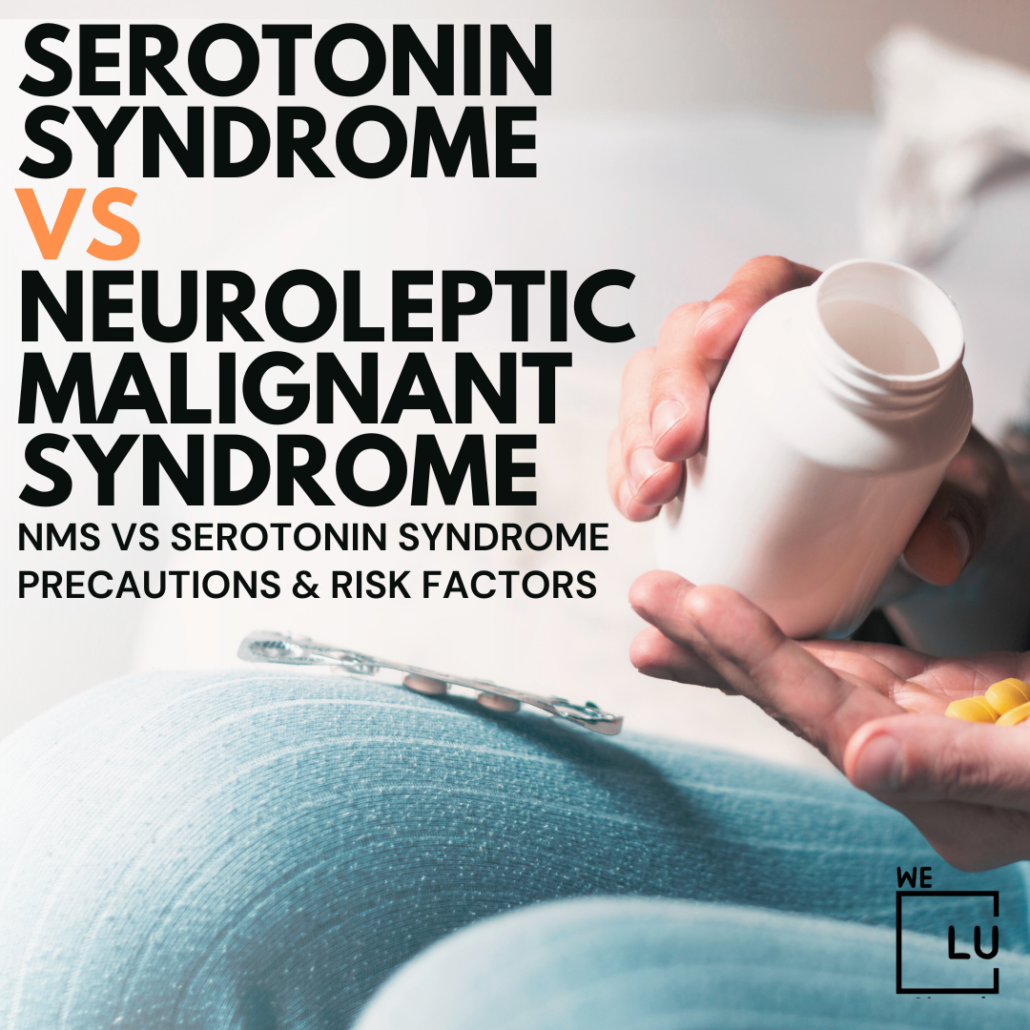
Skip To:
Learn More:
Drug Precautions to Prevent Serotonin Syndrome Versus NMS
Serotonin Syndrome Precautions:
- Medication Review: Inform healthcare providers about all medications, including prescription, over-the-counter, and herbal supplements.
- Gradual Changes: Avoid abrupt changes in the dosage of serotonergic medications.
- Combination Caution: Be cautious when combining multiple serotonergic drugs, as this increases the risk.
- Monitoring Symptoms: Pay attention to symptoms such as agitation, rapid heartbeat, and changes in mental state. Promptly report any concerns to healthcare professionals.
NMS Precautions:
- Monitoring Medications: Regularly assess medications, especially dopamine antagonists like antipsychotics. Report any unusual side effects to healthcare providers.
- Gradual Titration: Avoid rapid dosage increases of antipsychotic medications to reduce the risk of NMS.
- Hydration: Maintain adequate hydration, especially during warmer weather or engaging in activities that may cause dehydration.
- Temperature Regulation: Be cautious in environments with extreme temperatures, as overheating can contribute to NMS.
- Individual Factors: Healthcare providers should consider individual susceptibility and medical history when prescribing medications.
Both syndromes require a collaborative approach between healthcare professionals and individuals taking medications. Open communication and vigilant monitoring are critical in preventing and managing these potentially serious conditions.
People taking antipsychotic drugs usually have mental health conditions like schizophrenia, bipolar disorder, or severe depression with psychotic features. Get mental health counseling that works and learn the proper use of psychiatric medications, such as SSRIs and other psychoactive drugs. Discover professional help from We Level Up Florida’s mental health therapists. Start getting support with a free call to our mental health hotline.
Get Help. Get Better. Get Your Life Back.
Searching for Accredited Dual Diagnosis Mental Health Centers Near You?
Even if therapy failed previously, or are in the middle of a difficult crisis, we stand ready to support you. Our trusted behavioral health specialists will not give up on you. When you feel ready or just want someone to speak to about counseling alternatives to change your life call us. Even if we cannot assist you, we will lead you to wherever you can get support. There is no obligation. Call our hotline today.
FREE 24/7 Dual Diagnosis Mental Health Services Hotline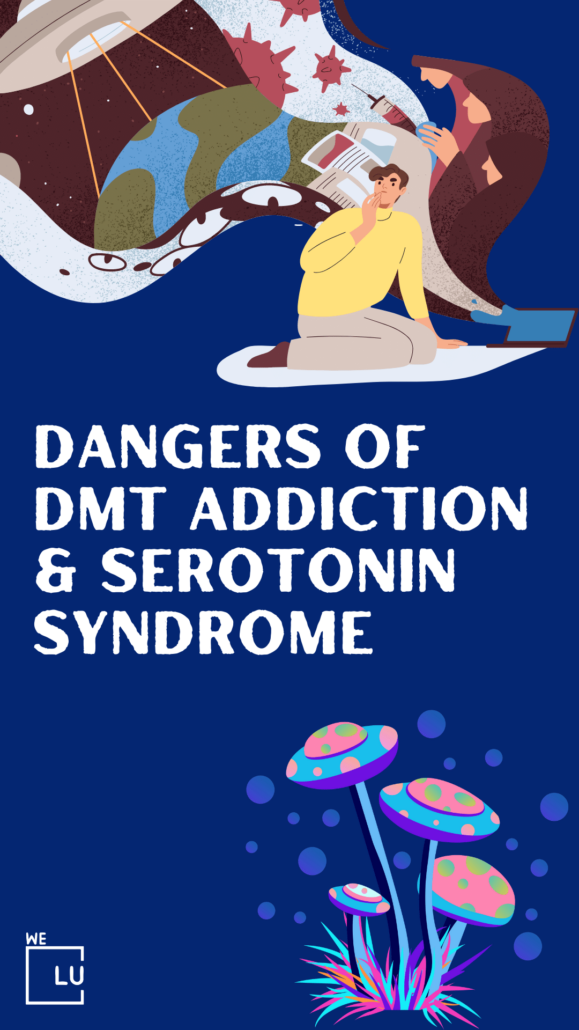
Treatment Serotonin Syndrome Versus NMS
The treatment approaches for serotonin syndrome versus NMS involve complex considerations rooted in these conditions’ pharmacological mechanisms. In serotonin syndrome, characterized by excess serotonin activity, the primary step is immediately discontinuing serotonergic medications. This is essential to halt further stimulation of serotonin receptors. Also, supportive care is provided, focusing on managing symptoms such as hyperthermia and muscular abnormalities. Serotonin antagonists, notably cyproheptadine, counteract the excessive serotonin effects by blocking specific receptors. Continuous monitoring, including vital signs and electrocardiogram, is crucial to assess the response and manage potential complications.
Conversely, NMS arises from disrupted dopamine regulation, particularly the blockade of dopamine receptors. The cornerstone of treatment is the rapid discontinuation of dopamine antagonists, with a particular emphasis on atypical antipsychotics. This discontinuation is aimed at restoring normal dopamine function. Supportive care includes hydration to prevent complications like renal failure and hyperthermia management through cooling measures. Medications such as dantrolene, a muscle relaxant, may alleviate ‘lead-pipe’ muscle rigidity symptoms, and dopaminergic agents like bromocriptine may be considered to enhance dopamine function. Specialist consultation is pivotal in NMS cases, guiding the selection of appropriate interventions and alternative treatments based on the individual patient’s response.
The pharmacological intricacies of these treatments underscore a nuanced approach’s importance. The balance between discontinuing causative agents and introducing specific medications requires careful consideration to address the underlying neurotransmitter imbalances. Timely and precise intervention is paramount, and the comprehensive understanding of the pharmacodynamics of these syndromes informs the tailored treatment strategies implemented in clinical settings.
We Level Up FL Mental Health Center Tips To Cope With NMS and Serotonin Syndrome
✅ If you suspect NMS or serotonin syndrome, seek immediate medical help. These are rare but severe and could be life-threatening conditions.
✅ Stop the causative medications promptly and follow healthcare professionals’ guidance for supportive care and treatment options.
✅ Communication is crucial—inform your healthcare provider about your medicines and any concerning symptoms for a safer and more effective management approach.
Serotonin Syndrome Versus NMS Comparison Chart
Here’s an overview chart comparing the treatment approaches for serotonin syndrome versus NMS:
| Treatment Aspect | Serotonin Syndrome | Neuroleptic Malignant Syndrome (NMS) |
|---|---|---|
| Immediate Action | Discontinue serotonergic medications. | Discontinue dopamine antagonists, especially atypical antipsychotics. |
| Supportive Care | Symptomatic treatment, such as hydration and temperature control. | Supportive measures including hydration, cooling measures, and monitoring vital signs. |
| Medications | Serotonin antagonists (e.g., cyproheptadine). | Consider dantrolene for muscle rigidity, and sometimes dopaminergic agents may be used. |
| Specialist Consultation | Consultation with a healthcare professional for tailored management. | Urgent consultation with a specialist for guidance on specific interventions and potential alternative treatments. |
Serotonin Syndrome Versus NMS Complications
Having neuroleptic malignant syndrome (NMS) and serotonin syndrome is very dangerous because of the life-threatening complications they can cause. In NMS, severe muscle stiffness and high body temperature can lead to problems like rhabdomyolysis, where muscle breakdown releases harmful substances into the blood, potentially harming the kidneys. Cardiovascular issues, trouble breathing, and the risk of widespread blood clotting (DIC) make NMS even more severe, increasing the chance of failure in multiple organs. These complications’ fast and unpredictable progression highlights the urgent need for medical help.
Similarly, serotonin syndrome is risky on its own. Excessive stimulation of serotonin receptors can lead to high body temperature, increased heart rate, and muscle issues like clonus and hyperreflexia. The potential for problems in the central nervous system, causing confusion and seizures, adds to the complexity and dangers of serotonin syndrome. Both conditions require immediate medical attention because of their potential to cause irreversible harm to vital organs and systems. Recognizing and treating these conditions promptly is crucial for a better chance of recovery.
Here are the common potential complications associated with serotonin syndrome versus NMS:
Serotonin Syndrome Complications:
- Severe Hyperthermia: Elevated body temperature can lead to heat-related complications, including organ damage.
- Cardiovascular Effects: Increased heart rate and blood pressure can result in cardiovascular issues.
- Neuromuscular Complications: Severe muscle rigidity, clonus, and hyperreflexia can lead to muscle breakdown and kidney damage.
- Central Nervous System Dysfunction: Altered mental status, agitation, and seizures may occur.
- Gastrointestinal Distress: Nausea, vomiting, and diarrhea can contribute to dehydration and electrolyte imbalances.
Neuroleptic Malignant Syndrome (NMS) Complications:
- Rhabdomyolysis: Severe muscle breakdown can lead to the release of muscle proteins into the bloodstream, potentially causing kidney damage.
- Renal Failure: Kidney function may be impaired due to various factors, including dehydration and rhabdomyolysis.
- Cardiovascular Instability: Fluctuations in blood pressure and heart rate can lead to cardiovascular complications.
- Respiratory Failure: In severe cases, respiratory muscle involvement can lead to breathing difficulties.
- Disseminated Intravascular Coagulation (DIC): Abnormal blood clotting can result in this severe condition.
- Metabolic Acidosis: A disturbance in the body’s acid-base balance may impact various organ functions.
- Multi-organ Failure: The combination of severe complications can lead to the failure of multiple organ systems.
It is essential to recognize that both syndromes can lead to life-threatening situations, and the complications listed may vary in severity from case to case. Prompt medical attention and appropriate management are crucial to mitigate these potential complications and improve overall outcomes.

End the Emotional Pain. Get Your Life Back.
Feeling Depressed, Anxious or Struggling with Mental Health Illness? Get Safe Comfortable Mental Health Dual Diagnosis High-Quality Therapy From Counselors That Care. Begin Your Recovery Now.
Hotline (855) 940-6125Who is Susceptible to Neuroleptic Malignant Syndrome (NMS)?
NMS can happen to anyone on antipsychotic medications, with most cases occurring in the first week of treatment. However, it can happen at any time, highlighting the importance of staying vigilant and seeking prompt medical attention for any worrisome symptoms during neuroleptic therapy. Regular monitoring is crucial for awareness and early intervention. The following medicines are linked with NMS:
Typical neuroleptic (antipsychotic) prescriptions:
- Bromperidol.
- Chlorpromazine.
- Clopenthixol.
- Fluphenazine.
- Haloperidol.
- Loxapine.
- Promazine.
- Thioridazine.
- Thiothixene.
- Trifluoperazine.
Atypical neuroleptic (antipsychotic) medications:
- Amisulpride.
- Aripiprazole.
- Clozapine.
- Olanzapine.
- Quetiapine.
- Risperidone.
- Ziprasidone.
- Zotepine.
Antiemetic medications:
- Domperidone.
- Droperidol.
- Metoclopramide.
- Prochlorperazine.
- Promethazine.
Dopaminergic (antiparkinson) medications (from withdrawal):
- Amantadine.
- Dopamine agonists.
- Levodopa.
- Tolcapone.
These medications help manage symptoms such as hallucinations, delusions, and intense mood swings. In some cases, antipsychotics may also be prescribed to address agitation or aggression linked to conditions like dementia. Healthcare professionals decide to prescribe these medications after carefully assessing the individual’s mental health and specific symptoms.
Who is Susceptible to Serotonin Syndrome?
Individuals taking medications that increase serotonin levels, such as certain antidepressants (e.g., SSRIs, SNRIs), migraine medications, or illicit drugs like MDMA (ecstasy), are susceptible to serotonin syndrome. The risk increases when these medications are combined or at high doses. Also, certain medical conditions and the use of other substances may contribute to susceptibility. Consulting with a healthcare professional to evaluate individual risk factors is essential for those taking medications that influence serotonin levels.
First-class Facilities & Amenities
World-class High-Quality Mental Health Services & Behavioral Health Substance Abuse Treatment
Rehab Centers TourRenowned Mental Health Centers. Serene Private Facilities. Inpatient Rehab Programs Vary.
Mental Health Helpline (855) 940-6125Proven recovery success experience, backed by a Team w/ History of:
15+
Years of Unified Experience
100s
5-Star Reviews Across Our Centers
10K
Recovery Successes
- Comprehensive Dual-Diagnosis Treatment
- Complimentary Family & Alumni Programs
- Coaching, Recovery & Development Events
- Comfortable Onsite Medical Detox Center
Serotonin Syndrome vs NMS Clinical Features and Diagnostic Criteria
Recognizing the differences between serotonin syndrome and neuroleptic malignant syndrome (NMS) is crucial in healthcare, as both are rare but serious conditions caused by medications. Serotonin syndrome shows up quickly with symptoms like clonus, hyperreflexia, and changes in mental state, often connected to serotonergic drugs. On the other hand, NMS develops more slowly, featuring ‘lead-pipe’ muscle stiffness and distinct autonomic issues linked to the use of dopamine antagonists, especially atypical antipsychotics.
Because symptoms can overlap and quick action is needed, healthcare professionals must clearly understand each syndrome’s unique signs and diagnostic criteria to ensure accurate and timely diagnosis, leading to the right treatment strategies for the best possible outcomes.
Let’s break down the clinical features and diagnostic criteria for serotonin syndrome versus NMS.
Serotonin Syndrome Clinical Features:
- Rapid onset.
- Clonus (rhythmic muscle contractions) and hyperreflexia.
- Altered mental state and agitation.
- Autonomic dysregulation: fever, increased heart rate, sweating.
- GI symptoms: nausea, diarrhea.
- Diagnostic Criteria:
- Recent initiation or increase in serotonergic medications.
- Presence of clonus and hyperreflexia.
- Altered mental state and signs of autonomic dysregulation.
- Exclusion of other potential causes.
Neuroleptic Malignant Syndrome (NMS) Clinical Features:
- Gradual onset, often within days.
- ‘Lead-pipe’ rigidity of muscles.
- Altered mental state and confusion.
- Autonomic dysregulation: fever, fluctuating blood pressure, sweating.
- GI symptoms are typically less prominent.
- Diagnostic Criteria:
- Recent use of dopamine antagonists, especially atypical antipsychotics.
- Presence of ‘lead-pipe’ rigidity and hyperthermia.
- Altered mental state and signs of autonomic dysregulation.
- Exclusion of other potential causes.
These are general characteristics, and a healthcare professional should make the diagnosis based on a comprehensive assessment of the patient’s symptoms and medical history. If there are concerns about either syndrome, seeking prompt medical attention is crucial.
Suppose you or someone you know is dealing with serotonin syndrome or NMS from taking psychiatric medications. In that case, We Level Up Florida Mental Health Treatment Center provides personalized care with a team of experienced professionals. Begin your journey towards better health by taking the first step towards healing. Get help. Call We Level Up FL now. Each call is free and confidential.
World-class, Accredited, 5-Star Reviewed, Effective Mental Health Dual Diagnosis Programs. Complete Integrated Inpatient Rehab with Free Post Discharge Therapy Planning.
CALL (855) 940-6125End the Emotional Pain Rollercoaster. Gain Stability & Happiness Through Recovery Treatment. Start Mental Health Counseling Today. Get Free No-obligation Guidance by Behaviroal Health Specialists Who Understand Mental Health Recovery.
What is the Best SSRI for Anxiety? Selective Serotonin Reuptake Inhibitors Facts
Experience Transformative Recovery at the We Level Up Treatment Center.
See our authentic success stories. Get inspired. Get the help you deserve.



Start a New Life
Begin with a free call to a behavioral health treatment advisor. Learn more about our dual-diagnosis programs. The We Level Up treatment center network delivers recovery programs that vary by each treatment facility. Call to learn more.
- Personalized Care
- Caring Accountable Staff
- World-class Amenities
- Licensed & Accredited
- Renowned w/ 5-Star Reviews
We’ll Call You
Search We Level Up FL Serotonin Syndrome Versus NMS, Mental Health Topics & Resources
Sources
- Perry PJ, Wilborn CA. Serotonin syndrome vs neuroleptic malignant syndrome: a contrast of causes, diagnoses, and management. Ann Clin Psychiatry. 2012 May;24(2):155-62. PMID: 22563571. Serotonin Syndrome Versus NMS information.
- Simon LV, Hashmi MF, Callahan AL. Neuroleptic Malignant Syndrome. [Updated 2023 Apr 24]. In: StatPearls [Internet]. Treasure Island (FL): StatPearls Publishing; 2023 Jan-. Available from: https://www.ncbi.nlm.nih.gov/books/NBK482282/
- Scotton WJ, Hill LJ, Williams AC, Barnes NM. Serotonin Syndrome: Pathophysiology, Clinical Features, Management, and Potential Future Directions. Int J Tryptophan Res. 2019 Sep 9;12:1178646919873925. Doi: 10.1177/1178646919873925. PMID: 31523132; PMCID: PMC6734608.
- Serotonin syndrome: MedlinePlus Medical Encyclopedia (.gov)
- Volpi-Abadie J, Kaye AM, Kaye AD. Serotonin syndrome. Ochsner J. 2013 Winter;13(4):533-40. PMID: 24358002; PMCID: PMC3865832. Serotonin Syndrome Versus NMS information.
- Neuroleptic Malignant Syndrome – National Institute of Neurological Disorders and Stroke (.gov)
- Pathogenesis and treatment of neuroleptic malignant syndrome – United States Environmental Protection Agency (.gov) Serotonin Syndrome Versus NMS information.
- Neuroleptic Malignant Syndrome – Office of Addiction Services and Supports (.gov)
- Sample records for neuroleptic malignant syndrome – https://www.science.gov/topicpages/n/neuroleptic+malignant+syndrome
- De Deurwaerdère P, Di Giovanni G. Serotonin in Health and Disease. Int J Mol Sci. 2020 May 15;21(10):3500. Doi: 10.3390/ijms21103500. PMID: 32429111; PMCID: PMC7278959.
